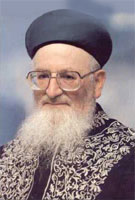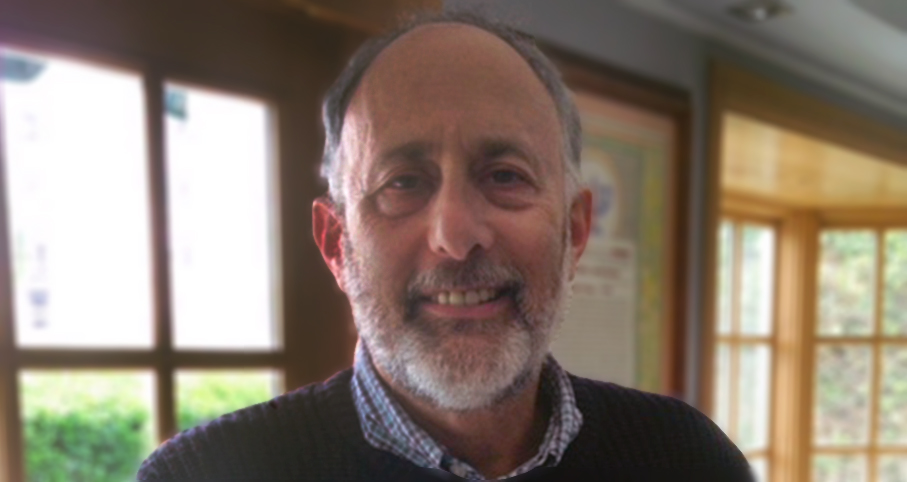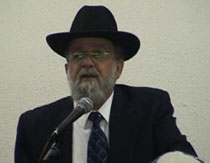Beit Midrash
- Sections
- Chemdat Yamim
- Parashat Hashavua
- Shabbat and Holidays
- The Three Weeks
- The Ninth of Av
There seem to be two elements of mourning that are practiced for family members. The shiva (seven day period of mourning) and shloshim (thirty days) seem to have a great element of dealing with and channeling the feelings that are normally expected to be there. The Sefer Hachinuch (#265) goes in the direction of seeing the pain as a correct punishment for the mourner that can bring him to repentance. The Gesher Hachayim (19:2) prefers the explanation that mourning death heightens our appreciation of life. In any case, the practices do not so much create the feelings of sadness but channel them. However, the second element is to extend the practices when feelings have greatly subsided. Thus, the full year that one observes for his parents (whereas there are only thirty days for a spouse, which is generally a harder loss), is due to the obligation to honor one’s parents. We do not allow the feeling of loss to slip away but do things to prolong it.
Regarding the national mourning, the matter may have changed over history. The gemara (Ketubot 62a) tells the following interesting story. Amoraim said that sad news that makes one sigh significantly weakens the body and that it is particularly so regarding thinking about the destroyed Beit Hamikdash. A non-Jew was having trouble keeping up walking with a Jew and therefore tried to use the technique the gemara referred to by reminding him of the Beit Hamikdash. While the Jew responded with a sigh, he did not slow down because, explains the gemara, the destruction was too long ago. In our days, you can add another 1,500 years to the distance. With other reasons to not feel the depths of the exile so strongly, we are not in the mode of naturally feeling the pain. Rather, our acts of mourning are a planned exercise in reliving as fully as possible a feeling of loss. In this way, it is like a yahrtzeit where one makes a point of remembering the day of the death so as to commemorate it appropriately.
Interestingly, there are sources that indicate that the yearly anniversary is not just a convenient time to remember but that it is a day that can bring harsh realities, according to some, to the deceased and according to others to the live child. Reciting Kaddish and for some, fasting, are ways to deal with these dangers. The national mourning is similar, as the month of Av is not just sad but contains difficult times, and it pays to stay away from danger and dealings with non-Jews (Ta’anit 29b). The way we deal with it is to focus on what went wrong and on our desire to renew our relationship with Hashem, which we lost with the loss of the Temple (see Siftei Chayim, Moadim III, pp. 294-299). May we be successful in that attempt.

Parashat Hashavua: The Symbolism of Mashiv Haruach U’morid Hageshem
Rabbi Yossef Carmel | Tishrei 5786

Why Do Children Start With Vayikra?
Rabbi Shaul Yisraeli zt"l | 5771

The King’s Clothes …
Rabbi Yossef Carmel | 5777 1 Tammuz

A Sad Secret – Lashon Hara Brings National Agony
Rabbi Yossef Carmel | Tevet 19 5779

Various Rabbis
Various Rabbis including those of of Yeshivat Bet El, such as Rabbi Chaim Katz, Rabbi Binyamin Bamberger and Rabbi Yitzchak Greenblat and others.

Good and Evil Depend on the Actions
5777 Tammuz 22

Unfulfilled Raffle Prize – part II
Av 1 5777

Moreshet Shaul: A Crown and its Scepter – part II
Based on Siach Shaul, Pirkei Machshava V’Hadracha p. 294-5
Av 5785


















